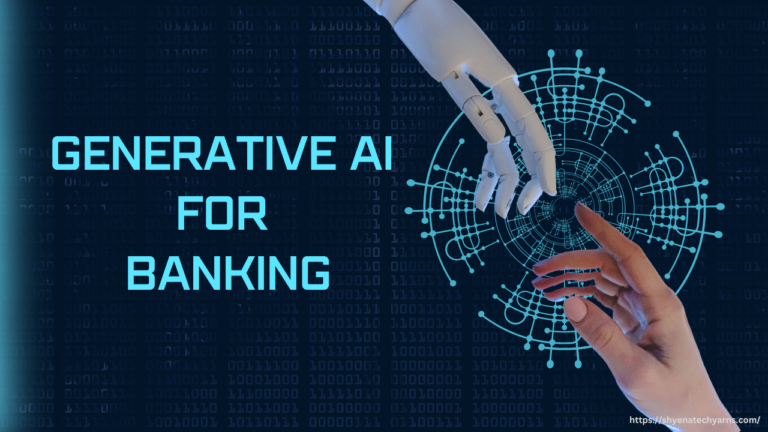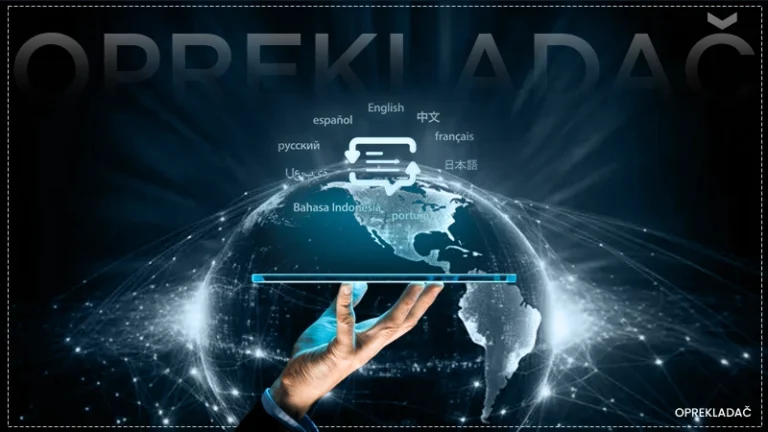Technology is advancing rapidly, transforming how businesses operate and how employees perform their tasks. One significant technological development is intelligent automation, which combines artificial intelligence (AI) and robotic process automation (RPA) to streamline processes and improve efficiency. This article explores the impact of intelligent automation on various aspects of work, from job roles to skill requirements, and how businesses can prepare for this change.
1. Understanding Intelligent Automation Services and Their Impact
The concept of intelligent automation services involves using AI and machine learning to enhance robotic process automation. These services enable businesses in automating complex processes that require decision-making and learning capabilities. As a result, companies can improve efficiency, reduce errors, and cut costs.
They are particularly useful in repetitive and rule-based tasks like data entry, invoice processing, and customer support. By automating these tasks, employees can focus on their roles’ more strategic and creative aspects.
Sutherland states, “Hyperautomation helps business unlock new efficiencies with the ability to automate the whole spectrum of processes right from simple repeatable tasks to sophisticated, nuanced business processes.”
2. Redefining Job Roles and Responsibilities
Intelligent automation is changing the nature of work by redefining job roles and responsibilities. Tasks that were once performed manually are now being automated, requiring employees to adapt and acquire new skills. This shift leads to new job roles that focus more on overseeing automated processes and interpreting data generated by intelligent systems.
Organizations must provide training and development opportunities as job roles evolve to help employees transition into these new positions. Upskilling and reskilling initiatives are essential to ensure that the workforce remains competitive and capable of effectively leveraging intelligent automation.
3. Enhancing Workplace Efficiency and Productivity
One of the primary benefits of intelligent automation is its ability to enhance workplace efficiency and productivity. Automating repetitive and time-consuming tasks allows employees to focus on more value-added activities that drive innovation and growth. This shift improves job satisfaction and leads to better overall performance.
Intelligent automation can streamline workflows, reduce errors, and accelerate decision-making processes. This capability is particularly valuable in fast-paced industries where speed and accuracy are critical.
4. Preparing the Workforce for Future Challenges
As intelligent automation continues to shape the future of work, organizations must proactively prepare their workforce for the changes ahead. This preparation involves identifying the skills and competencies that will be in demand and developing strategies to bridge any gaps.
Organizations should invest in continuous learning and development programs to equip employees with the necessary skills to thrive in an automated environment. This training could include technical skills related to AI and machine learning and soft skills such as adaptability, critical thinking, and collaboration. Organizations can ensure their workforce is ready to adapt to future challenges by creating an environment that supports learning and experimentation.
5. Balancing Human and Machine Collaboration
While intelligent automation offers many benefits, it is essential to balance human and machine collaboration. Automation should not be seen as a replacement for human workers but as a tool to enhance their capabilities and complement their skills. This balance will ensure that the workforce remains motivated and engaged.
Human workers bring creativity, empathy, and complex decision-making abilities that machines cannot replicate. This collaboration enables employees to focus on tasks that require human judgment and creativity while allowing machines to handle routine and data-driven tasks. Ultimately, the goal is to create a workforce where humans and machines work together seamlessly.
The impact of intelligent automation is far-reaching, from redefining job roles to enhancing productivity. Organizations must embrace these changes and invest in upskilling their workforce to adapt to new demands. By fostering a culture of collaboration between humans and machines, businesses can unlock new opportunities for growth and success in the evolving digital landscape.







